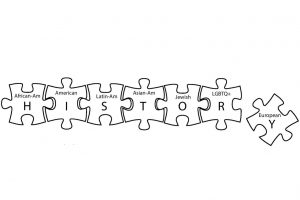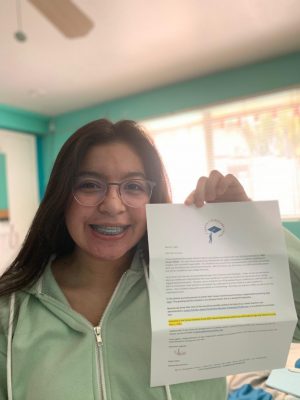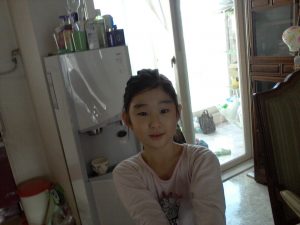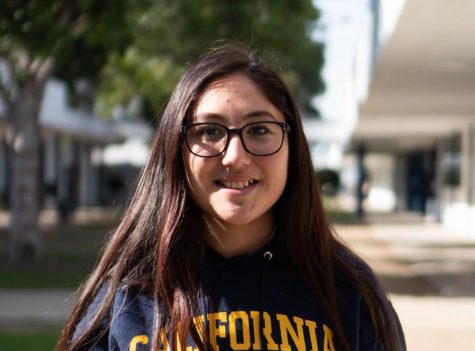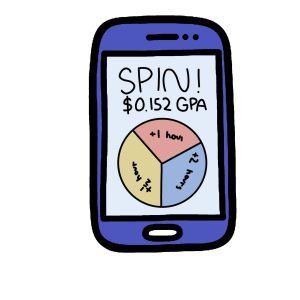Ethnic Studies, Mexican-American Studies added to next year’s curriculum
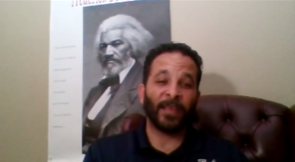
Social Science teacher Don Dumas talks about what the new course he will be teaching next year—Ethnic Studies—will be about. He also explains why he believe it is important to offer this class.
April 9, 2021
With the 2020-2021 school year soon coming to a close, Bonita Vista High (BVH) has added two new history courses for the 2021-2022 school year curriculum. One of these new courses is Ethnic Studies, a year long course that will be taught by Advanced Placement (AP) US History teacher Don Dumas. The other course is Mexican-American Studies, a semester-long course that will be taught by AP World History and International Baccalaureate (IB) History of the Americas teacher Jose Vallejo.
“Ethnic Studies will explore racial, cultural and ethnic identities. The aim of the course is to explore and validate the different cultures that all [students] possess and bring to our school, our work environments and […] our interconnectedness across cultures and ethnicities. We hope to totally debunk ideas about race. There certainly are cultures, but there are no races. That’s what I hope to [show to my students] with Ethnic Studies. It gives us an opportunity to learn about other cultures that we aren’t familiar with,” Dumas said.
Dumas hopes to teach students how to understand each other better and their human connection and put an end to ideas about race because “we are all human beings.” Additionally, Vallejo is “extremely excited” to have the opportunity to teach the Mexican-American Studies course. He explains it will focus more on the impacts that the Mexican-American community has had in the construction of the United States. Vallejo believes this course has a lot of potential because of BVH’s geographical location since it is near Mexico.
“It’s important to focus attention on the positive contributions that this very specific group, Mexican-Americans, has had and continues to have everyday because there seems to be some void where not enough attention is paid to these contributions,” Vallejo said. “I also think that we at BVH have a strong connection to the Mexican-American community. In fact, some of us are part of this community.”
Junior Aaron Arellano expressed his interest in the Ethnic Studies class and is excited to join in order to get a “different view on history.” He hopes to explore more cultures in a history class that isn’t Euro-American based and that focuses on different cultures; not just here in America, but all over the world.
“It’ll help make students more open-minded to the world around them and help them understand the differences and all the conflicts in society that we [as Americans] have today. [The class will] help them understand where they came from and why the world is the way it is today. I feel it’ll be a good experience for students to explore the world through a different lens,” Arellano said.
Arellano and Dumas both agree that as a younger generation, high school students aren’t fully educated on different cultures and countries. They believe that high school is the perfect starting point to get a wider understanding of other people’s cultures that highschool students aren’t aware of yet. BVH Principal Roman Del Rosario, Ed.D., added that many adults in his generation did not have the opportunity to take courses like Ethnic Studies or Mexican-American Studies until they got to college. He doesn’t see why students cannot be exposed to these types of classes earlier on in their education.
“A 14 year-old can think critically, they can understand these terminologies and concepts and they can debate and think about what it means. So why wait? We’re preparing students for what comes next, what better way to prepare them to engage in their democracy, than courses like this,” Del Rosario said.
Vallejo pointed out that the Mexican-American Studies course has actually been in existence in the Sweetwater Union High School District (SUHSD) for a long time but is barely now being offered to BVH students. Dumas and Del Rosario both confirmed that the process of getting a course added to the school’s curriculum is a slow, difficult process and can only be added to the curriculum if there is enough student interest.
“Ultimately, it’s finding that secret sauce of having a teacher that’s passionate about it, having it count towards your A through G requirements and being able to spark interest in students,” Del Rosario said.
In order for courses like this to be offered and available to students, it must first be pitched by a teacher, accepted by the district as a valuable class to offer and implemented into BVH’s roster as an official course available to students.
“Perhaps the most significant [purpose] is to ask students to think and view our society from a critical point of view which can help to validate one’s existence, significance and importance in being productive and positive contributors to our society’s strengths and diversity,” Vallejo said.
Vallejo believes there is a lot of potential in the Mexican-American course, especially because there are many students who are a part of the Mexican-American community at BVH. However, Dumas makes the point that these courses aren’t only for one group of people. He hopes people don’t make the mistake of thinking these courses are only added solely for the benefit of Latinx, Asian/Pacific Islander (API), and Black students, because it’s for everyone.
“These courses; Ethnic Studies and Mexican-American Studies, are good for our students of European descent [too], so they can soak in this knowledge that before, they’ve been denied to as much as us [Black Indigenous People of Color] folks have been denied access to that knowledge. They’ve been denied it too and they’ve been lied to, as well. It’s great for all students to get the truth about the interconnectedness of the human species,” Dumas said.
Dumas expressed his excitement and passion for teaching and spreading knowledge of minority’s points of view on historic events. He often tries to infuse a lot of this into his current teaching, but feels like some parents may not like or appreciate it. He is glad to have a new platform where he can speak about certain topics all he wants.
“If I was younger, I’d be backflipping and doing somersaults all over the place. I’m so excited about this. I love teaching US History and I love teaching AP US History. But I’ll tell you if this grows to where I’m teaching five Ethnic Studies classes a day, I would love it,” Dumas said. “I almost feel like the handcuffs are off, like I can really dive in now to culture and ethnic identity and what that means for people.”
He added that one reason he is excited to teach this course is to shine light on stories or point of views that are typically hidden in the dark by the K-12 American schooling system. He hopes to make all students feel validated and that their side of the story is just as important as the ones written in current textbooks and curriculums. He wishes that by giving this opportunity to students, he can help them grow to be more aware of other cultures and stories.
“Their lives matter, their experience matters and oftentimes, that’s the one push students really need to attack their own education and take control of it and steer it. School doesn’t have to be a place where we can’t be ourselves. School can be a place where our authentic selves are celebrated and that’s what this class will bring,” Dumas said.

